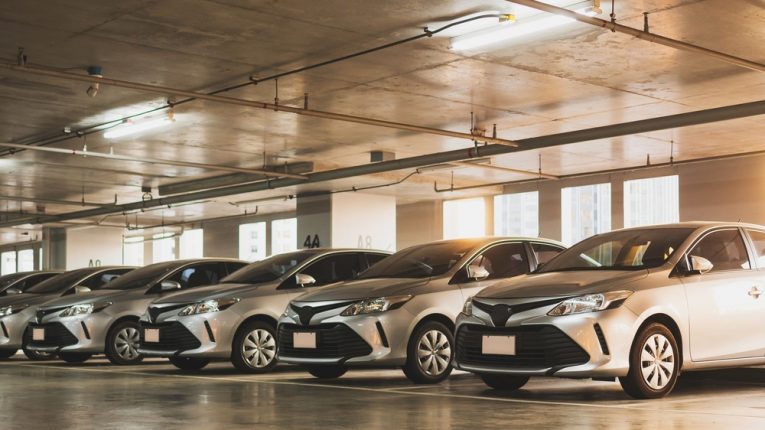
Tips to Avoid Driving Fatigue
In our fast-paced lives, driving has become an essential part of daily routines. Whether it’s commuting to work, running errands, or embarking on a road trip, the hours spent behind the wheel can accumulate quickly. Unfortunately, this increased time on the road also brings about the risk of driving fatigue, a serious concern that can compromise safety for both drivers and others on the road. It’s estimated that there are 328,000 crashes per year and 6,400 deaths due to drowsy driving. Let’s explore the causes of driving fatigue and provide some valuable tips on how to avoid it for a safer and more pleasant driving experience.
Understanding Driving Fatigue
Driving fatigue, often referred to as driver drowsiness, is a condition that impairs a person’s ability to drive safely. It can be caused by a variety of factors, including insufficient sleep, long hours of driving, monotonous road conditions, and certain medications. According to Bridgford Law, it remains a major cause of motor vehicle accidents and drivers should know how to combat the problem..
Tips to Avoid Driving Fatigue
Prioritize Adequate Sleep
One of the most effective ways to prevent driving fatigue is to ensure you get enough sleep before hitting the road. Aim for 7-9 hours of quality sleep the night before a long drive. Lack of sleep not only affects your physical and mental well-being but also significantly impairs your ability to focus and react quickly while driving. Data has shown that adults who sleep less than 6 hours per day are more prone to falling asleep behind the wheel.
Plan Regular Breaks
Breaking up long drives with regular stops is crucial for maintaining alertness. Plan your journey with scheduled breaks every two hours or 100 miles, allowing time to stretch your legs, get some fresh air, and grab a snack. Short breaks can do wonders to combat monotony and help you stay more focused on the road.
Stay Hydrated and Nourished
Dehydration and hunger can contribute to feelings of fatigue. Keep a water bottle within reach and pack healthy snacks for the journey. Avoid excessive caffeine intake, as it may lead to a crash in energy later on. Opt for a balanced diet that includes protein, whole grains, and fruits to sustain your energy levels throughout the drive.
Avoid Driving During Your Body’s Natural Rest Periods
Our bodies have natural circadian rhythms that dictate periods of alertness and drowsiness. Try to plan your drives during the times when you are naturally more awake. Avoid driving during the early morning hours (around 2-6 a.m.) and the mid-afternoon slump (between 1-4 p.m.) when drowsiness tends to be more pronounced.
Share the Driving Responsibilities
If you’re embarking on a long journey with others, consider sharing the driving responsibilities. Switching drivers every few hours allows each person to rest and recharge, reducing the overall risk of fatigue-related issues. This practice not only promotes safety but also makes the trip more enjoyable for everyone involved.
Pay Attention to Warning Signs
It’s crucial to be aware of the warning signs of driving fatigue. If you find yourself:
- Yawning frequently
- having difficulty keeping your eyes open
- or experiencing wandering thoughts,
These are red flags that you need to pull over and take a break. Ignoring these signs can be dangerous and put you at an increased risk of an accident.
Preparedness is Key
Driving fatigue is a serious concern that can compromise the safety of everyone on the road. By prioritizing adequate sleep, planning regular breaks, staying hydrated and nourished, avoiding driving during natural rest periods, and sharing driving responsibilities, you can significantly reduce the risk of fatigue-related issues. Always pay attention to warning signs and be proactive in taking breaks when needed. Safe driving practices not only protect you and your passengers but also contribute to a safer road environment for everyone. Remember, it’s not just about reaching your destination—it’s about getting there safely.









